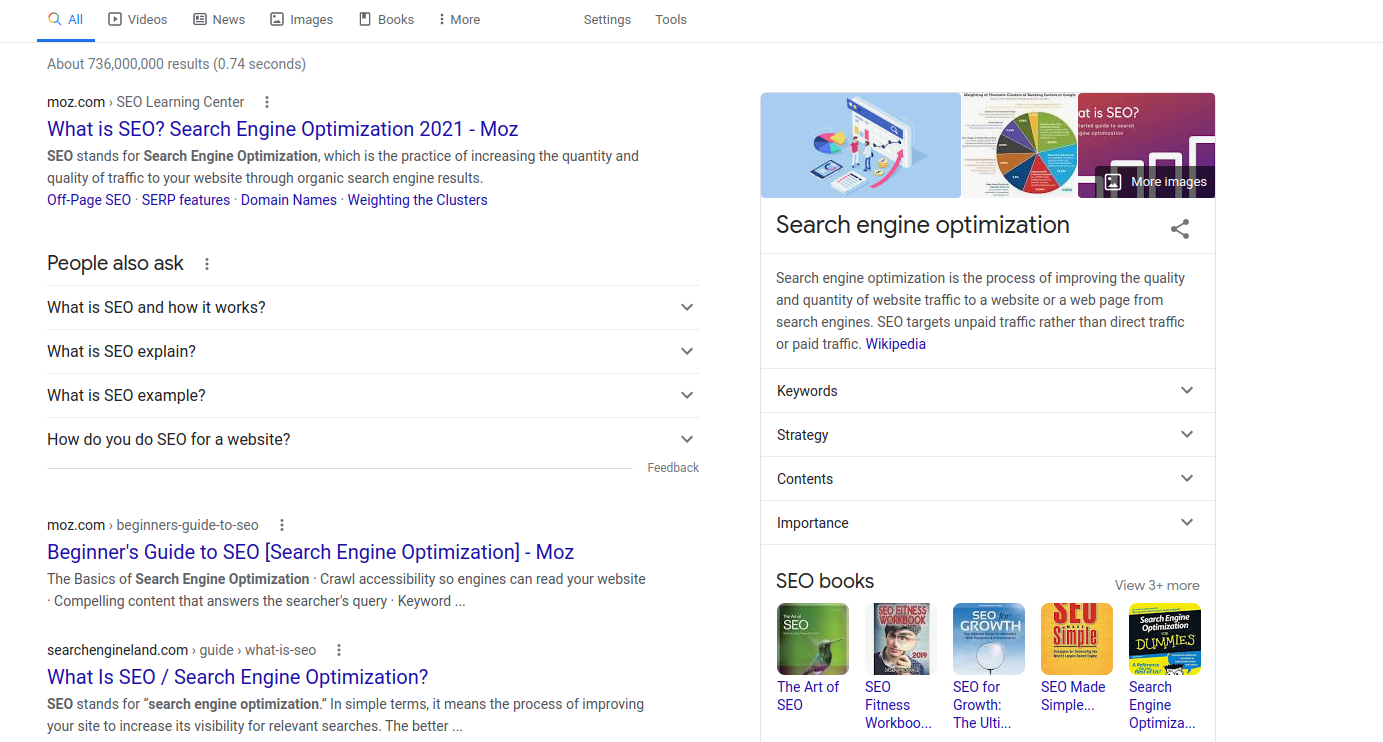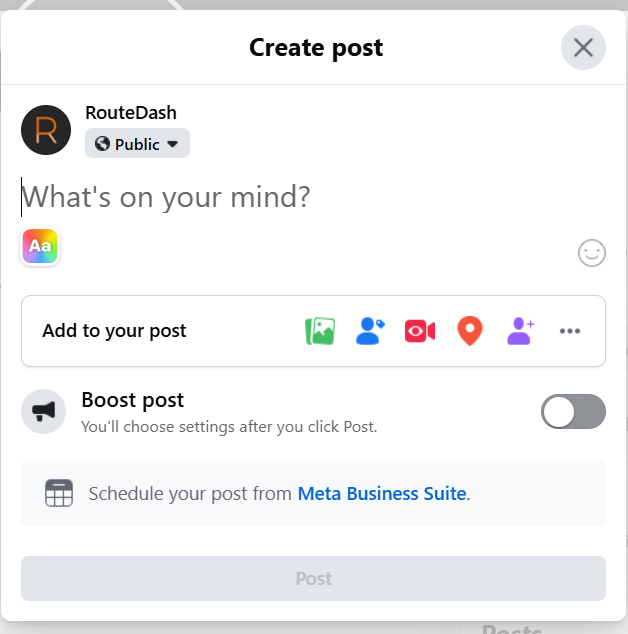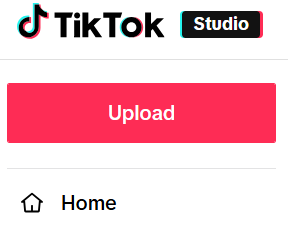What is SEO?
A guide to why SEO matters

Chances are, if you’ve looked into any sort of digital marketing strategy, you’ve come across the term SEO. You’ve probably even found its friend SERP hanging out in the background. Both of those can sound intimidating, and, even if you spell them out, Search Engine Optimization and Search Engine Results Page, they don’t exactly get much clearer. There's a ton of information out there on what SEO is, all in varying degrees of complexity. Consider this a crash course where the basics are all touched on and future posts will do deeper dives into the various pieces that go into building good SEO for your website.
Cooking Blogs and SEO
Have you ever wondered how a search engine, like Google, actually figures out what all the best answers are to your question, “Best Chocolate Chip Cookie Recipe”? Maybe you didn’t, but after this, you’re going to look at all those cooking blogs with a newfound understanding of why they all come with a mini autobiography attached. A search engine is essentially a robot that is constantly scouring the web doing three primary things: crawling, indexing, and ranking. It crawls the web searching for content. Then it indexes, or organizes, the content so it can find it faster in the future. Finally, it ranks it based on relevance to the search. But there are so many chocolate chip cookie recipes out there, how do you figure out which one is the best? Or how do you get your chocolate chip cookie recipe to show up high on results pages?
This is where SEO comes in and translates your content into a page that search engines rank higher when specific keywords are searched for. Sounds easy, right? It is and it isn’t. Getting your site higher up on a results page requires a lot of attention to how your site is built and how easy it is to navigate and understand, to put it very simply. When it’s done correctly the result is more organic traffic to your site.
The building blocks of SEO.
Putting together a good SEO strategy for your site is like building a Lego set. There are directions to follow and a lot of little pieces to put together. Let’s go back to our cookie example. You’ve spent time creating the best chocolate chip cookie recipe and you want to share it with the world. But how do you get traffic? Like with any Lego set, you need to build a foundation, for your website, it is the site itself.
When you build your website, whether it’s a blog, online store, or a page sharing information about services you provide, it needs to be built in a way that makes logical sense to your visitors. That means you need to put yourself in the customer’s shoes and say, "Okay, I’m here. Now what?" No one wants to feel lost or confused on your website.
Take your users on a journey through your website.
One of the things the search engine is looking for when it crawls around the web is how easy it is to navigate your site. Part of this is making sure any images are specifically labeled, not img018439.jpg, but a label that actually describes the images and sets them apart from other images on your site. You also need to have clear titles and descriptions on each page. All of this helps search engines determine how relevant your website is to searches. Other pieces of good user experience, or UX, are fast loading times, small image and file sizes, and mobile-friendly designs, or is every element of your site translating to a mobile phone. This may sound very complicated, but there are a lot of site-building tools and guides that make this attainable for people with little to no coding experience.
Bring expertise and value to the SEO table.
The next key components of good SEO are content and keywords. Do you need to have a blog to sell vintage posters? No, however, having that content helps search engines figure out how relevant and valuable your site is to a person. See, within that content lie keywords that any person might use to describe what they’re looking for in a search engine. When you create content, you should do so with specific keywords in mind that way when a search engine crawls over the webpage it will notice words related to keywords that are being used to search.
Going back to that cookie recipe, you’ll already have keywords in the recipe itself, chocolate chips, bake, cookie, etc, but let’s say before you even get to the recipe you write a blog guiding the reader through your process of making the cookies, complete with labeled pictures. Well, that opens the door for more keyword matches which a search engine will see and rank as more relevant. But isn’t that what all cooking bloggers are doing? Yes, and here’s where other aspects, like backlinks, come in. Backlinks are links on other pages that link back to your page. They're basically upvotes for your page that search engines see and think, "Oh, this page must be popular for a reason."
The shady world of Black Hat SEO.
You may be thinking, "Well, what if I just write content full of keywords and backlinks that link back to my page, that’s sure to move me up the rankings, right?" Good try, but search engines, specifically Google, have ways of determining that these shortcuts are being taken and instead of rewarding you they will move you down in the rankings. This is called Black Hat SEO and refers to keyword stuffing, hidden text, and link spamming among other tactics that are used to try to improve ranking without actually providing valuable and/or trustworthy content. These are things that are typically frowned upon, especially when you’re starting out since it’s not going to deliver the results you’re looking for.
How can you tell SEO is working?
It may feel like putting all this effort into something that seems very ambiguous is not worthwhile at all. However, all this effort comes together to help improve your place in search engine results organically(or not paid for). But how can you tell if it’s working? Luckily there are a plethora of SEO analytics tools out there, free and ones you can pay for, that offer insights into keywords, organization, and recommendations for how to improve optimization. Like with most things, you can’t expect results to happen overnight. Experts recommend monitoring your SEO for three months before you can expect to see an increase in web traffic. After that, you can kick back and relax. Just kidding! Even if your optimization efforts provided the desired outcome it’s still beneficial to continually monitor your SEO data and make changes because not only do sites age but also search engines are constantly changing how they search and prioritize their findings. Just like it's recommended that you have annual checkups with your doctor, it’s important that you revisit your SEO and make updates to help keep it up in the rankings.
There are over 57 million results in Google for "best chocolate chip cookie recipe" and who really has the time to try them all? While you may not be trying to get your cookies to the top of the results page, it’s likely you’ve still got a lot of competition out there. Adding SEO to your digital marketing strategy is a great way to help your site rank higher organically. It may not be the easiest solution, but the effort of building a user-friendly website and providing relevant content not only helps you in ranking but also builds your trustworthiness with potential customers making you a business they want to patronize.
Need help getting started with SEO? Contact us for a no-obligation consultation with our team of experts today!



